A lot can change in a year. We have a new president, a new congressional majority, a new season of The White Lotus.
But what about crime in Washington, DC, the subject of my last piece for this magazine back in April 2024? Is our nation’s capital still racked with carjackings and homicides – or have we begun inching our way back to some form of public order?
In 2023, Washington saw 274 reported homicides, making it the district’s deadliest year in two decades. There were also 959 carjackings and 3,470 robberies. Overall, violent crime was up 39 percent.
We did a lot better in 2024. There were just 187 murders, a 32 percent reduction, while robberies dropped 39 percent. Perhaps most shockingly, carjackings – which had spiked in 2023 thanks to gangs of young perpetrators who, not infrequently, murdered their victims – fell by around 50 percent. All told, violent crime dropped 35 percent in Washington from 2023 to 2024.
Two weeks before he stepped down in January, Matthew Graves, the US attorney for the District of Columbia, said the drop was the result of his three-year effort to target the handful of criminals who constitute “the drivers of violence.” Graves, who infamously only prosecuted 33 percent of criminal arrests in 2022, stressed that the drop had nothing to do with the fact that his office started prosecuting more cases right around the time everyone started scrutinizing his record.
Regardless of what drove crime rates down, things may not be as rosy as they seem. As the Daily Wire reported in February, “the Metropolitan Police of Washington, DC’s reported crime data does not include ‘crime totals as reported to the FBI’s National Incident-Based Reporting System,’ which itself has reporting issues.”
So things may have been worse in 2024 than the press releases suggest. And to top it all off, homicides are up 57 percent compared to this time last year.
Into the fray steps President Donald Trump, who has made it very clear that cleaning up Washington is part of his law-and-order agenda. Trump said often during his campaign that he was going to “take over our horribly run” capital and ensure that it is “run properly.”
He made good on that pledge late last month when he signed an Executive Order establishing a “DC Safe and Beautiful Task Force,” which is directed to make DC safe by fighting crime.
“DC’s failed policies opened the door to disorder – and criminals noticed,” the White House noted in a fact sheet accompanying the order, which also dismisses reports of a recent drop in crime as “spin” from “the left.”
Unsurprisingly, the order – which opens with the assertion that DC “belongs to all Americans” – has piqued the ire of local politicians. Eleanor Holmes Norton, the district’s congressional delegate, called it “thoroughly anti-home rule” and “insulting to the 700,000 DC residents who live in close proximity to a federal government.”
Technically, home rule can only be revoked by an act of Congress. But as luck would have it, two Republicans, Representative Andy Ogles of Tennessee and Senator Mike Lee of Utah, have a bill to do just that. The “Bringing Oversight to Washington and Safety to Every Resident” – the “BOWSER” Act, after the DC mayor – which they reintroduced in February, would return control of the federal city to the federal government.
“The corruption, crime and incompetence of the DC government has been an embarrassment to our nation’s capital for decades,” Lee said at the time. “It is long past time that Congress restored the honor and integrity of George Washington to the beautiful city which bears his name.”
The BOWSER Act previously died in committee. But perhaps this time, with a Republican majority and Trump at the helm, it will get through.
Whether or not it passes, though, the President seems dead set on cleaning up DC. His Executive Order directs the National Parks Service to DC’s homeless encampments and instructs law enforcement to crack down on crimes like fare evasion and public intoxication. It also instructs prosecutors to strengthen “pre-trial detention policies” and commits the federal government to helping the DC police department recruit, retain and better deploy agents.
Beautifying the parks, cleaning up the homeless encampments, making it possible for the police to enforce the law without fear or retribution or reprisal – it sounds like Trump wants to try his hand at broken-windows policing. That’s not at all surprising. Living in New York in the 1990s, Trump watched as the revolution in policing and public order – which held that targeting small crimes like public urination and committing resources to cleaning up graffiti would reduce crime and make neighborhoods safer – rapidly transformed the city from crime-ridden hellhole to family-friendly metropolis.
The broken-windows revolution was also likely good for Trump’s business. Now, his business is running the federal government. Why wouldn’t he try what worked before?
He already has an unlikely ally in DC mayor Muriel Bowser, who expressed in February support for Trump’s efforts to clean up DC, saying she and the President both want the district “to be the best, most beautiful city in the world.” Of course, there’s a chance Trump alienates her with the whole “threatening to fire her and the entire DC government” thing, but that’s just politics.
There’s been a lot of talk about how Elon Musk has brought Silicon Valley’s “move fast and break things” ethos to the Trump White House. It remains to be seen what that will look like in any number of policy areas. But when it comes to DC crime, it might be exactly what we need.
Taking stock of Washington’s crime problem last year, I wrote:
Washington faces an interlocking series of impasses… in other words, the solution to DC’s crime problem is simple: we just need to find a way to break through the gridlock. We all know how Washington excels at that.
Trump, it seems, may have found a way to slice through the Gordian knot that is DC politics and set the city back on a course to law and order. Will it work? It’s too early to say. But his ideas sure seem better than whatever we were doing before.



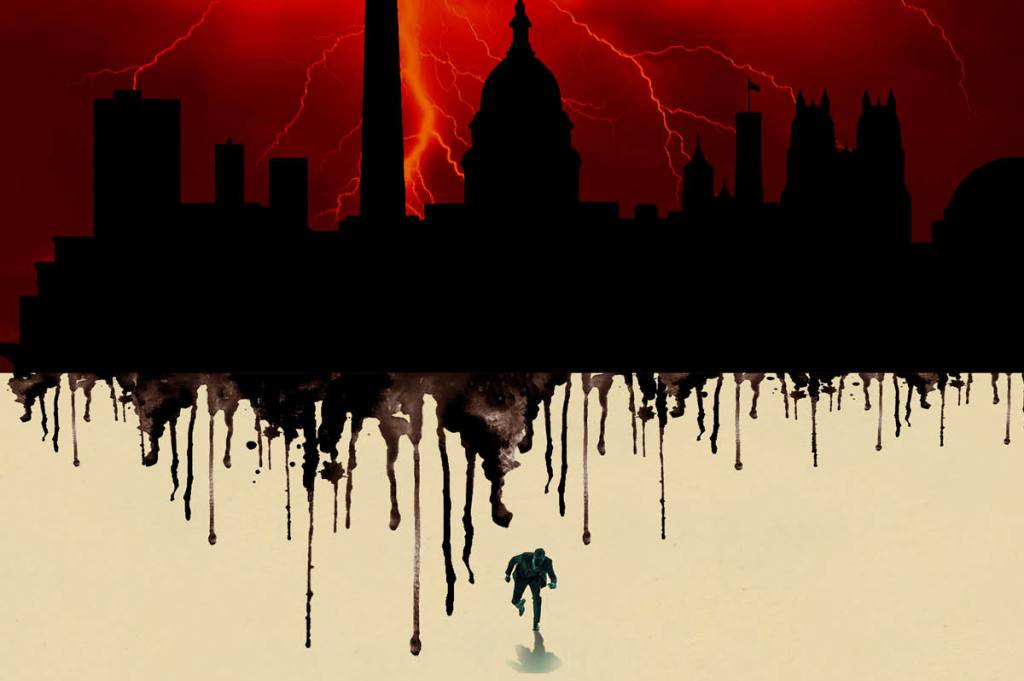









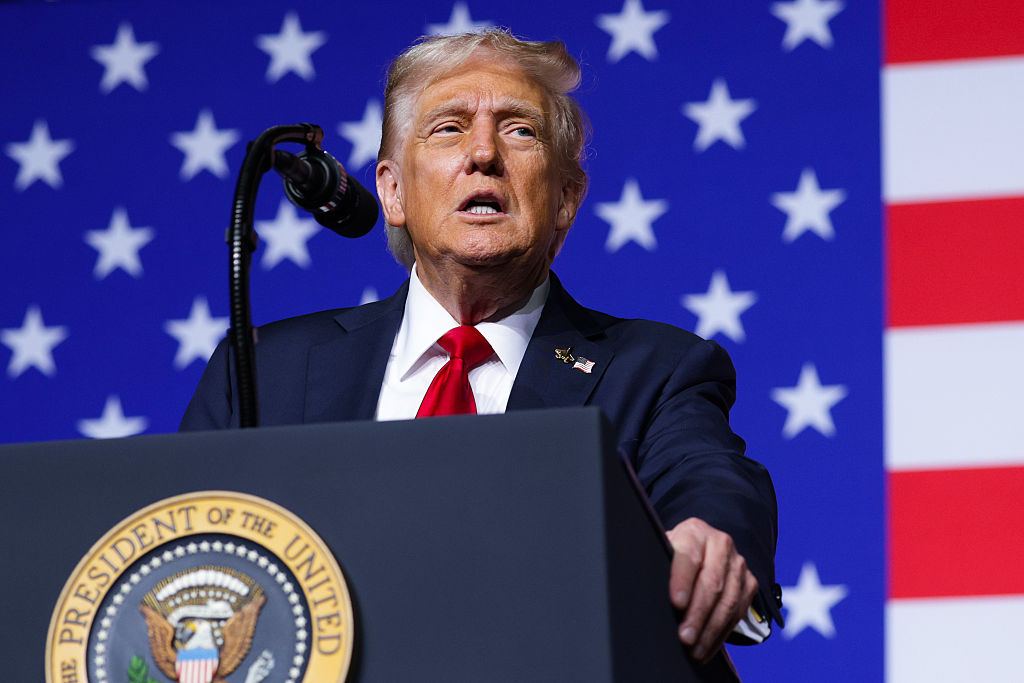
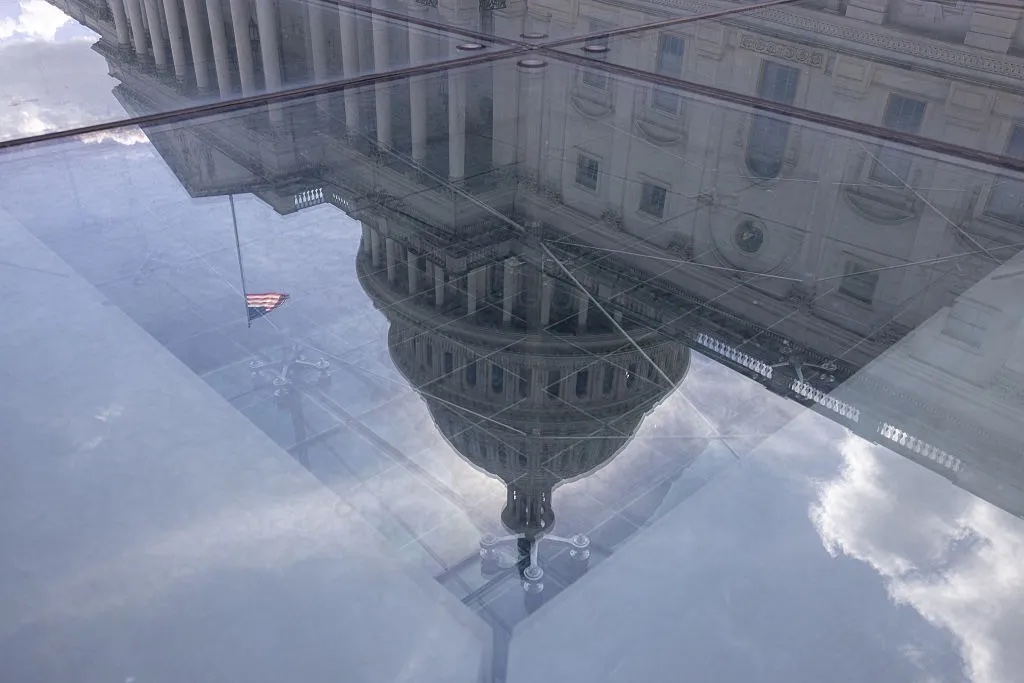
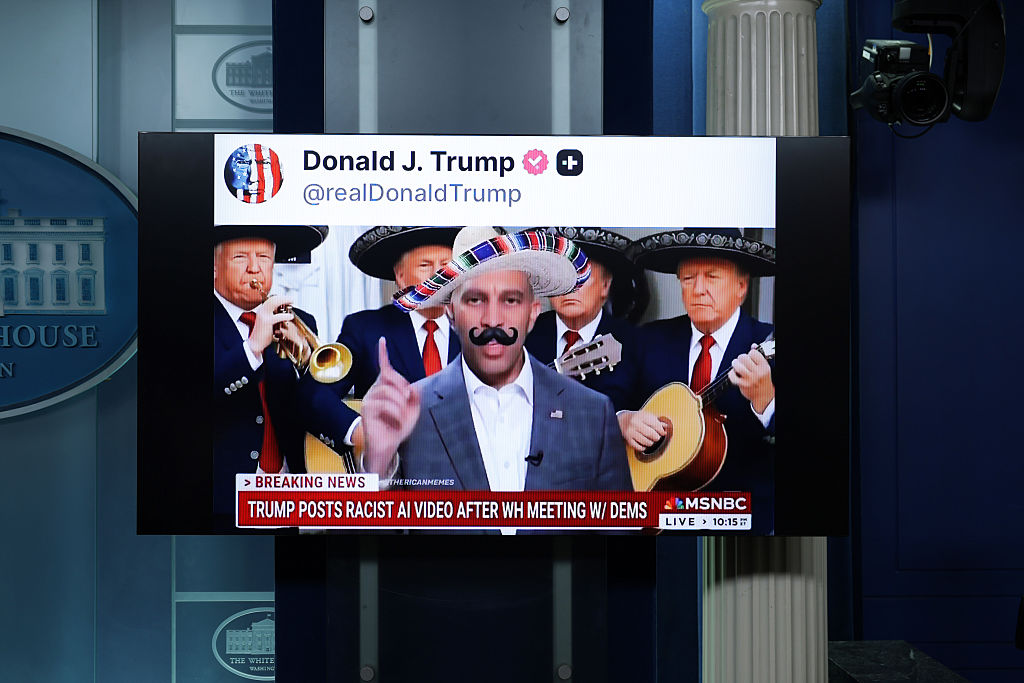
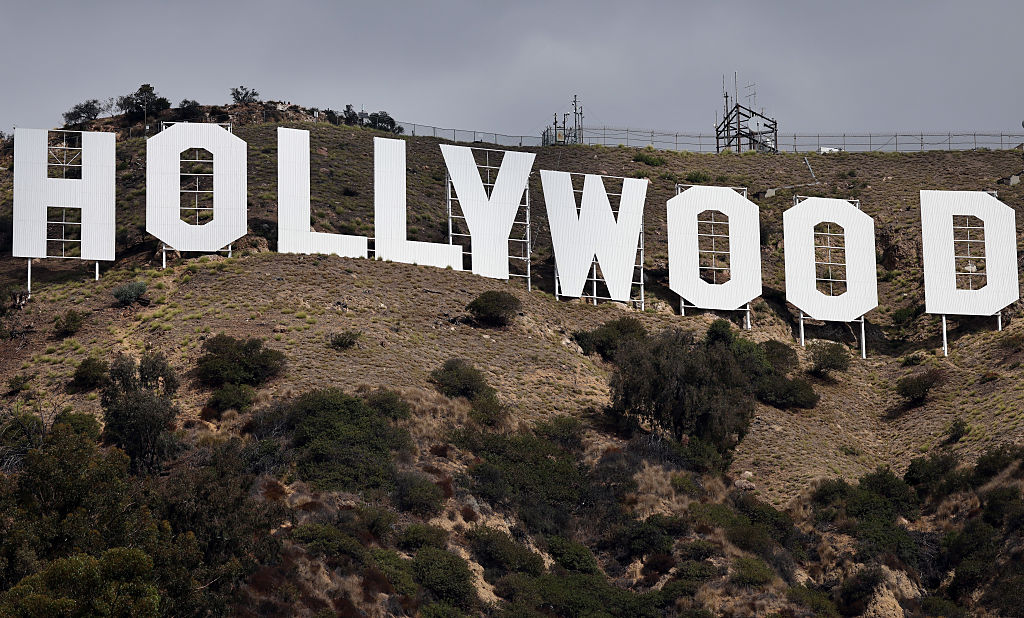
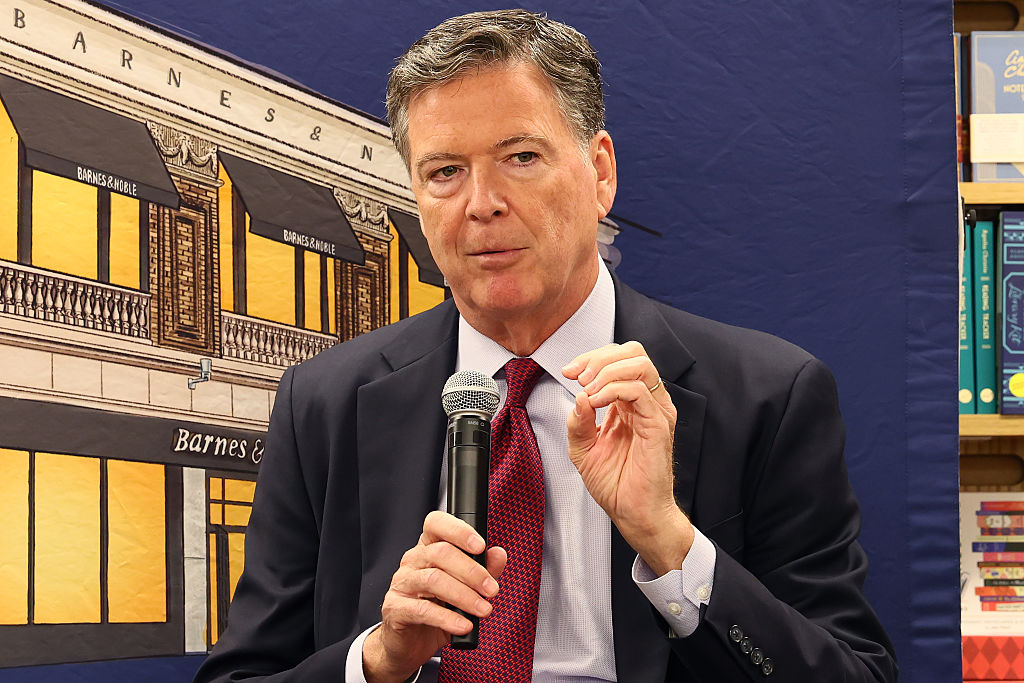
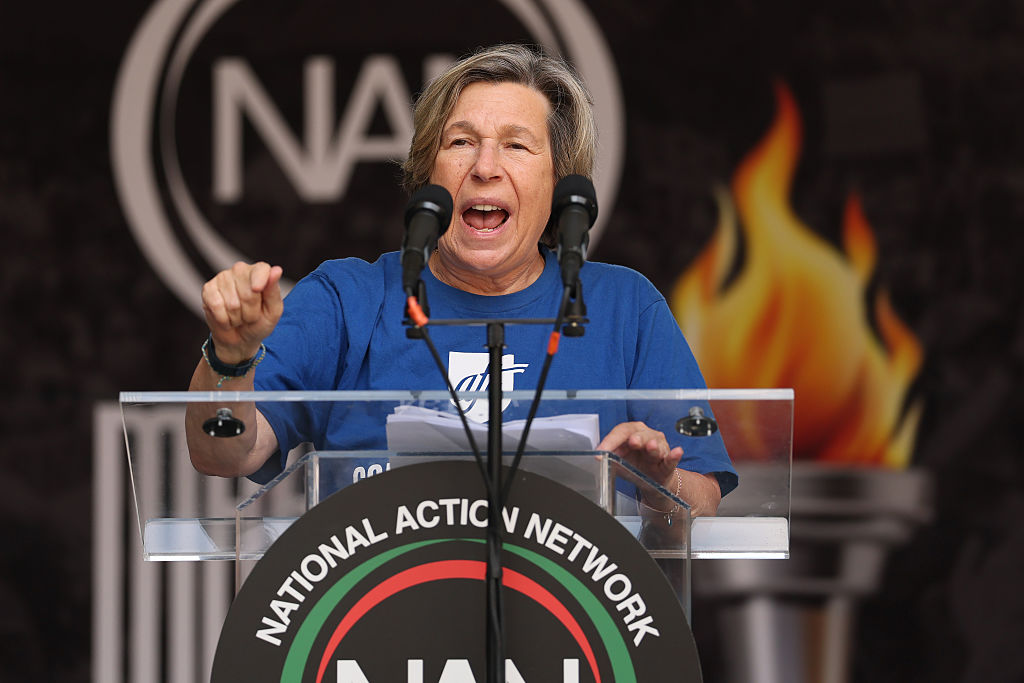

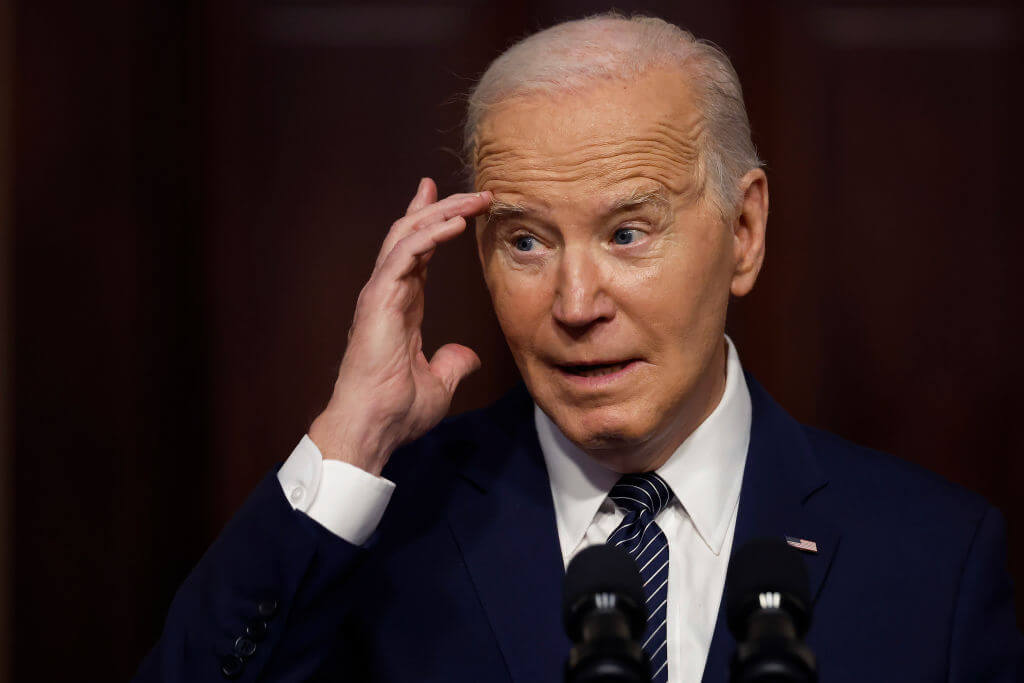



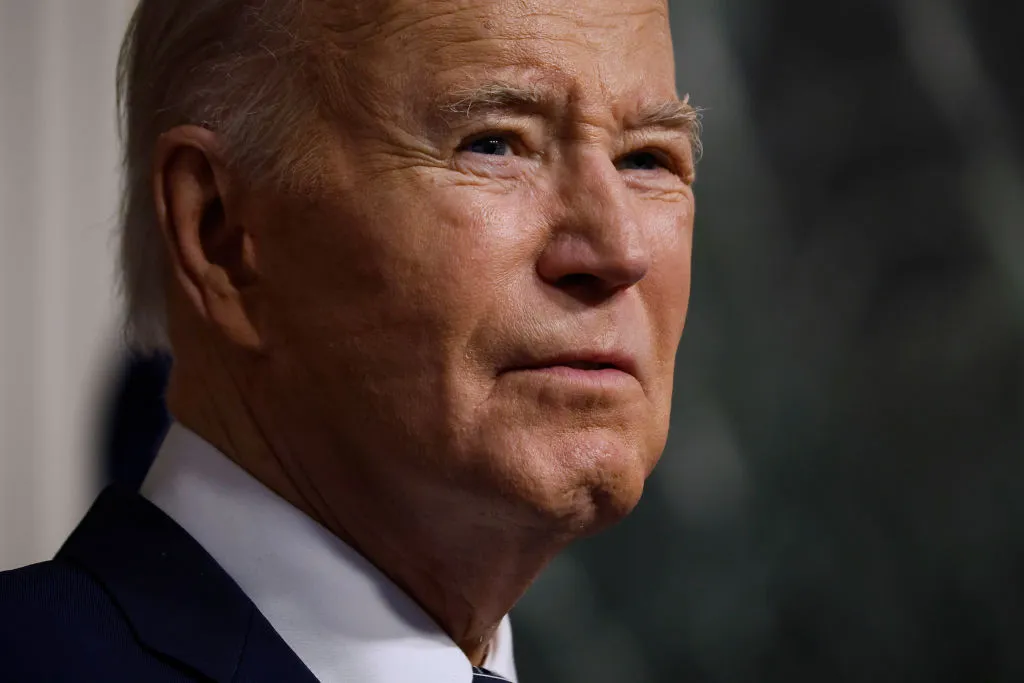

Leave a Reply